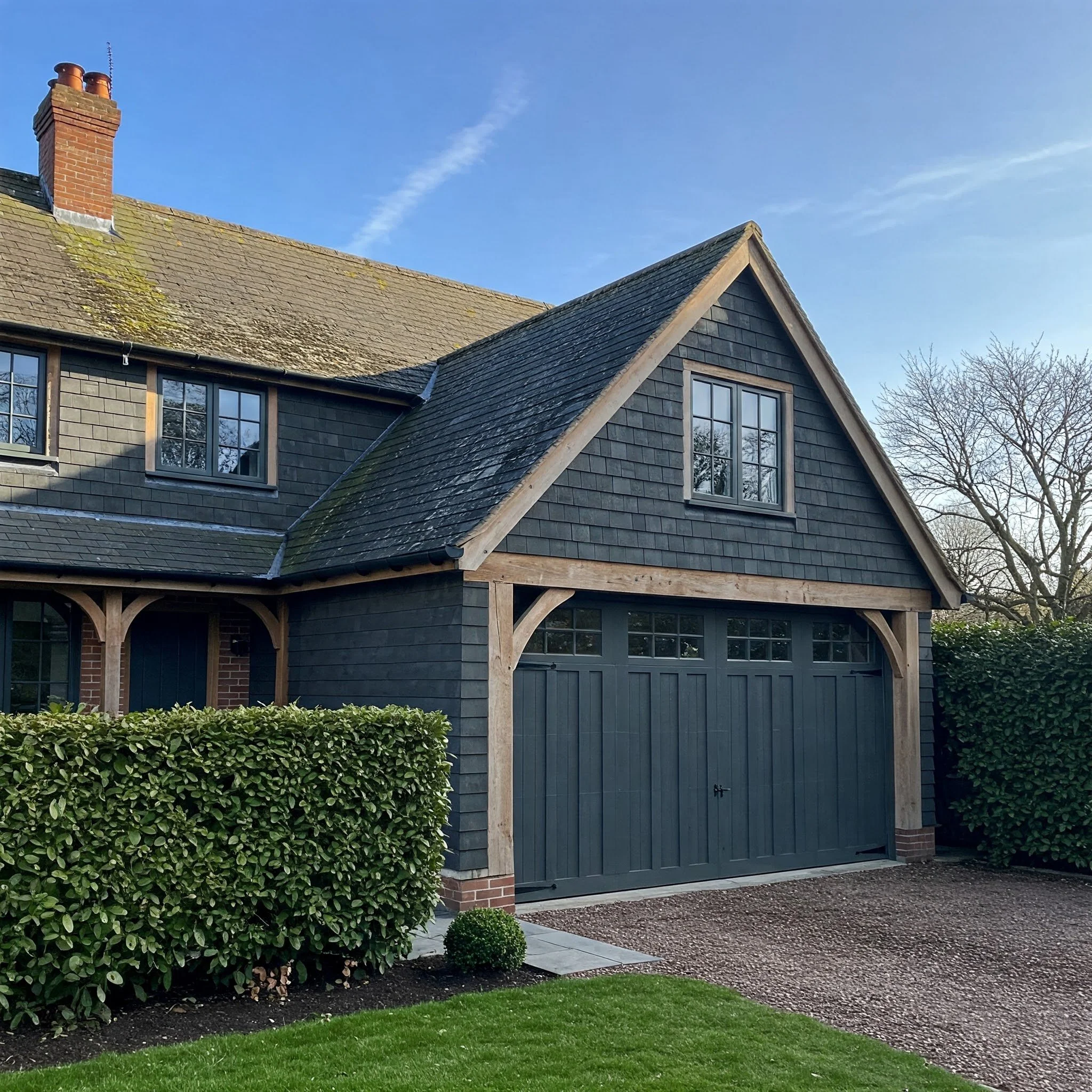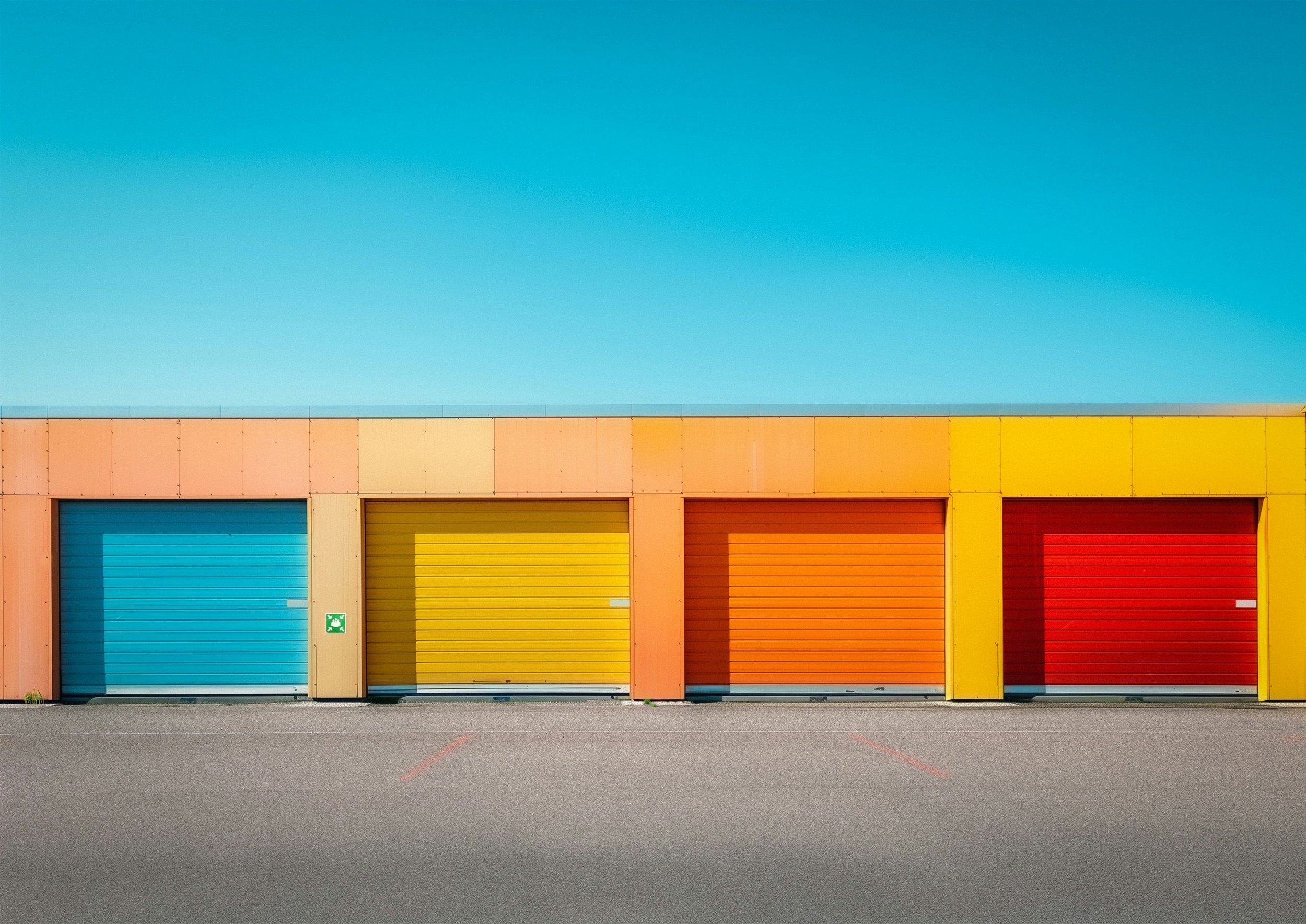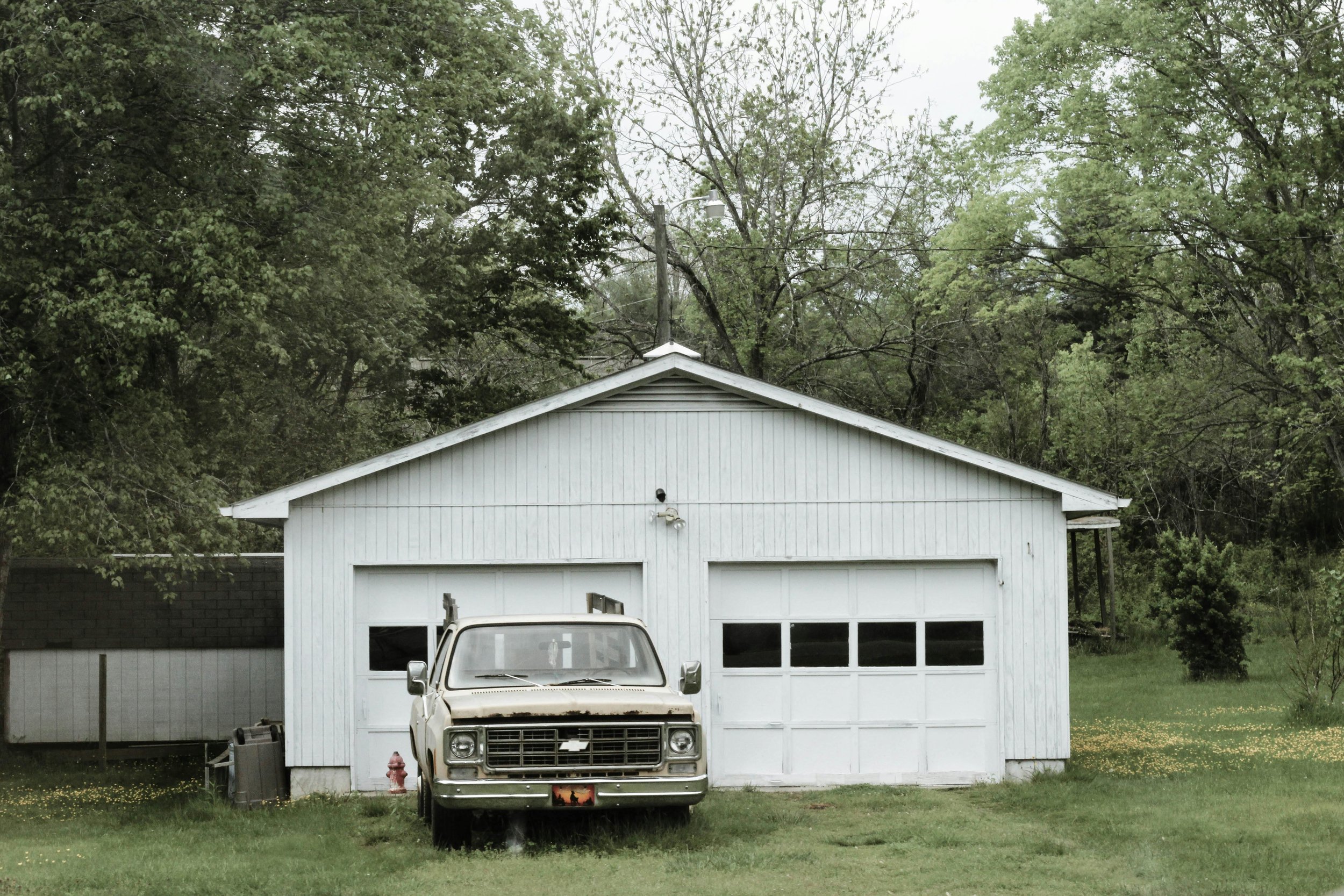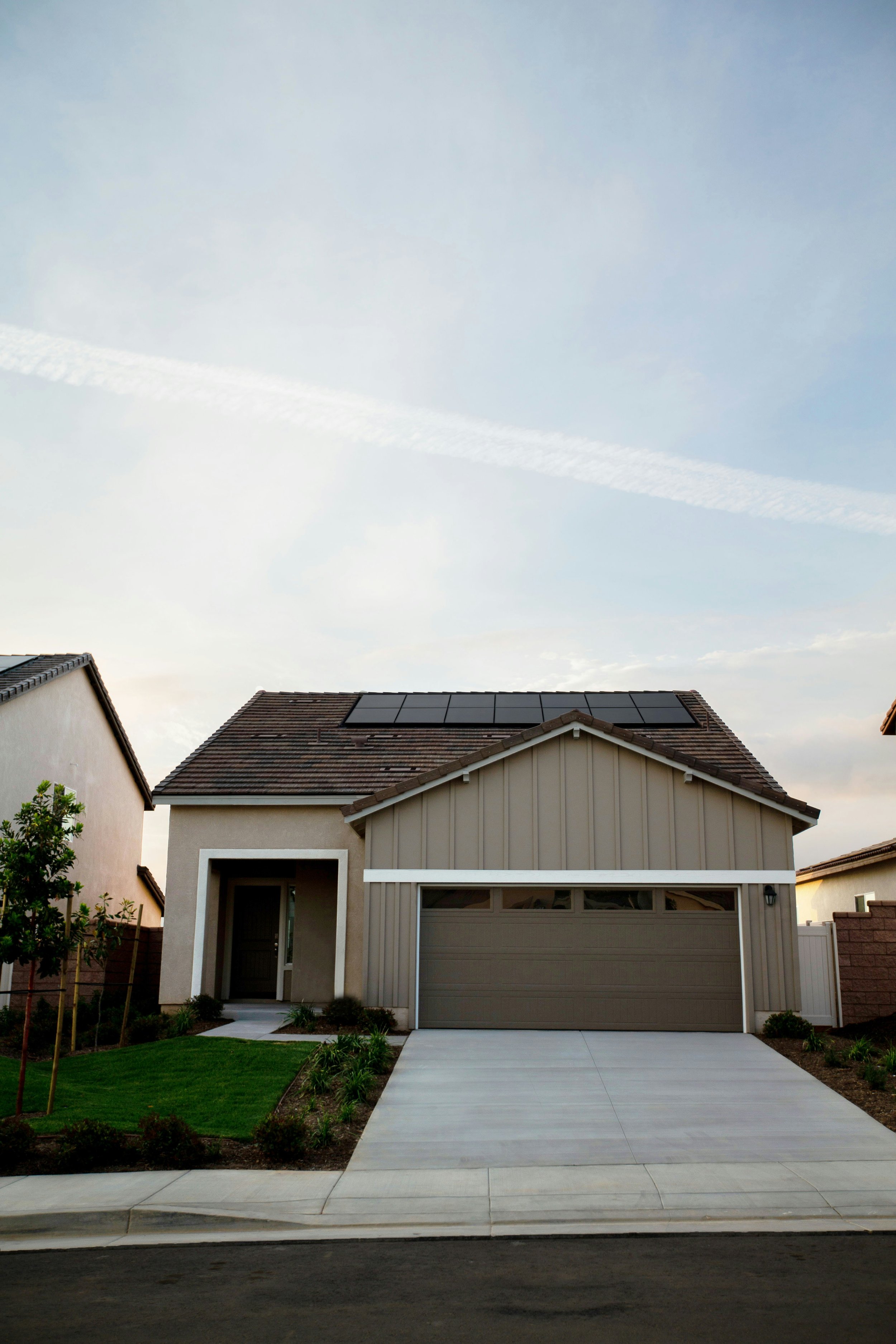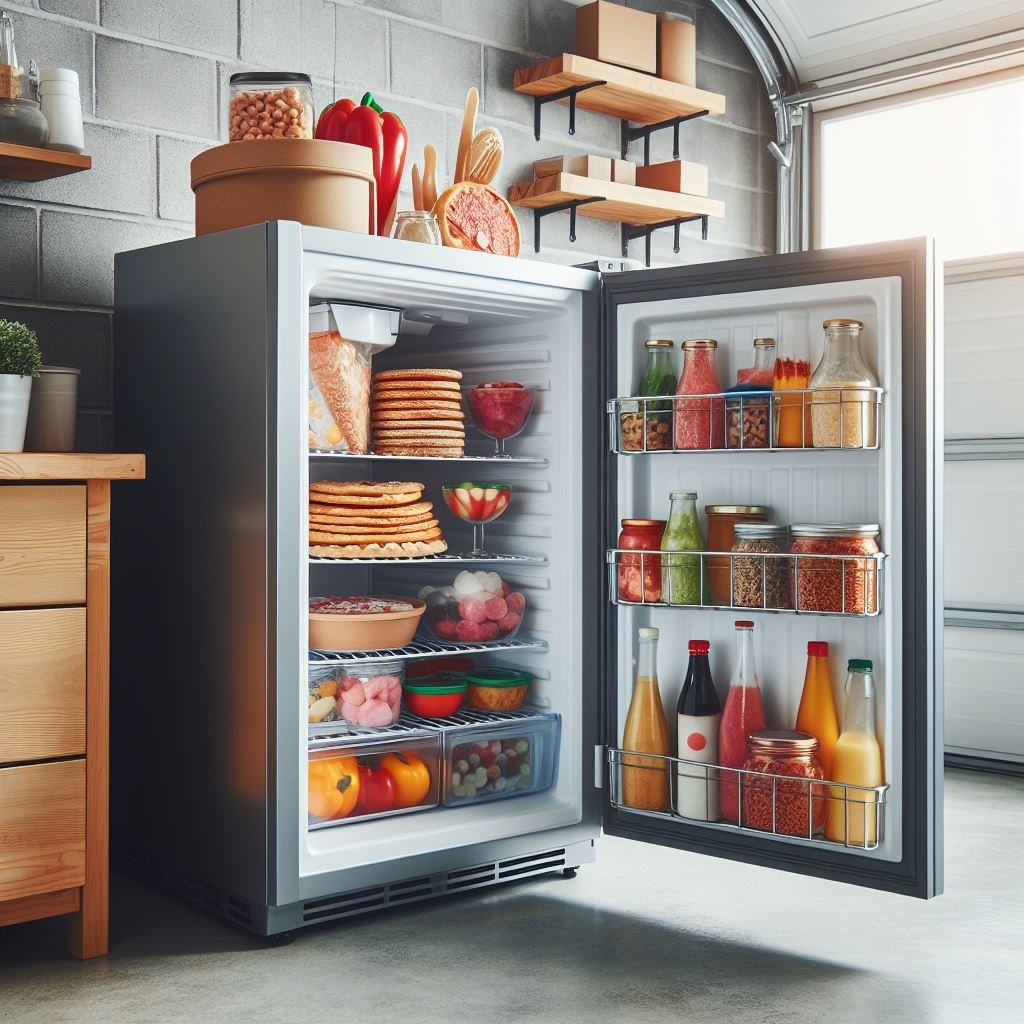Garage Door Won't Close? Causes and Solutions
Is your garage door refusing to close? Discover the common causes and effective solutions in this comprehensive guide to getting your garage door back on track!
Picture this: you’ve had a long day, and all you want to do is pull into your driveway, hit that remote, and let your garage door close smoothly behind you. But, instead, your garage door won’t budge. Frustrating, right? Not only is it annoying, but it can also leave your belongings exposed and your home vulnerable.
If you’re here, you’re likely wondering “Why won’t my garage door close?” Don’t worry; you’re not alone. This is a common issue many homeowners face, but with the right knowledge, you can troubleshoot and resolve it. In this guide, we’ll explore the various causes behind a garage door refusing to close and offer practical solutions to get it back in working order. Let’s dive in!
Common Causes of a Garage Door Not Closing
1. Obstructions in the Path
Sometimes, the simplest issues are the hardest to see. If something is blocking the garage door's path, it won’t close.
Check for Objects: Look for any toys, garden tools, or other items that might have found their way into the door's path.
Debris Build-Up: Dust, leaves, or even snow can accumulate and obstruct the sensors.
2. Malfunctioning Sensors
Modern garage doors have safety sensors that prevent them from closing if something is in the way. If these sensors are dirty or misaligned, they may stop the door from closing.
Dirty Sensors: A quick wipe with a cloth can often fix this issue. Ensure that the lenses are clean and clear of any debris.
Misalignment: Check to see if the sensors are pointing directly at each other. If they’re out of alignment, gently adjust them until they are lined up.
3. Remote Control Issues
Is your remote control acting up? It could be the reason your garage door won’t close.
Dead Batteries: Sometimes, it’s as simple as needing new batteries. Replace them and see if that fixes the problem.
Signal Interference: Other electronic devices or obstacles could be interfering with the remote's signal. Try using the wall switch instead to rule this out.
4. Garage Door Opener Problems
Your garage door opener is the heart of your system. If it’s not functioning correctly, your door won’t close.
Power Supply Issues: Check to make sure the opener is plugged in and receiving power. If it’s not, check your circuit breaker.
Worn Gears: Over time, gears in the opener can wear down. If you hear strange noises or grinding sounds, it may be time to replace or repair the opener.
5. Limit Settings
Garage door openers have limit settings that control how far the door opens and closes. If these settings are off, it can prevent the door from closing fully.
Adjusting Limit Settings: Consult your owner's manual for instructions on how to adjust these settings. Usually, there are dials on the motor unit that can be tweaked to modify the travel distance.
6. Broken Springs
Garage doors rely on springs to lift and lower them. If a spring breaks, it can affect the door's ability to close.
Visual Inspection: Look for any visible signs of a broken spring. If you suspect this is the issue, it’s best to call a professional, as dealing with springs can be dangerous.
Solutions to Get Your Garage Door Working Again
1. Inspect and Clear the Path
Start by carefully inspecting the area around your garage door. Look for any objects, tools, or clutter that might obstruct the door’s path. Check for leaves, dirt, or small debris near the door tracks and sensors, as these could interfere with smooth operation. Sweep the area clean to prevent the sensors from being blocked or misaligned. A quick visual check ensures there are no obstacles that could damage the door or disrupt its functionality, helping to maintain smooth and safe operation.
2. Clean the Sensors
Grab a microfiber cloth and gently wipe the sensors on both sides of the garage door. Dust, dirt, or spiderwebs can accumulate on the lenses, causing them to malfunction. Cleaning them ensures they can properly detect obstacles, preventing unnecessary interruptions in operation. Be careful not to scratch the lenses or move the sensors out of alignment. This simple maintenance step is often all it takes to get your garage door working smoothly again.
3. Replace Batteries in Remote
If your garage door remote stops working, the first step is to replace the batteries. Over time, batteries lose their charge, reducing the remote’s signal strength. Swap out the old batteries with fresh ones, ensuring they are properly aligned according to the polarity markings. Once replaced, test the remote to see if the door responds. This quick and easy fix often solves the problem, saving you from unnecessary troubleshooting and getting your garage door back in action.
4. Test the Opener
If your garage door remote isn’t working, try using the wall switch to operate the door. If the door opens and closes smoothly with the switch, the issue likely lies with the remote or its signal. This simple test helps you rule out problems with the opener itself. If the remote is the culprit, consider checking the batteries or reprogramming it. Identifying where the issue lies ensures you can focus on the right fix and avoid unnecessary repairs.
5. Adjust Limit Settings
If you’re comfortable with a bit of DIY, try adjusting the limit settings on your garage door opener. These settings control how far the door travels when opening and closing. If the door isn’t closing properly or reverses partway, the limits might need tweaking. Refer to your owner's manual for specific instructions on adjusting them. In many cases, this simple adjustment can resolve the issue without requiring professional service, saving you both time and money.
6. Inspect Springs
If you suspect your garage door springs are broken, it’s crucial to contact a professional right away. Broken springs can be dangerous to handle, as they are under immense tension. Attempting to fix them yourself without the proper tools and expertise could result in injury. A trained technician will have the necessary equipment to replace the springs safely and ensure your door functions smoothly. Professional repairs also help prevent further damage to your garage door system.
7. Check the Tracks
Dirt and debris can accumulate on your garage door tracks over time, causing the door to malfunction. Use a damp cloth to clean the tracks thoroughly, removing any buildup that might obstruct smooth operation. After cleaning, check the alignment of the tracks—misaligned or bent tracks can prevent the door from moving properly. If you notice any significant damage, such as warping or cracks, it’s best to call a professional for repairs or replacement to avoid further issues.
8. Look for Cable Issues
Take a close look at the cables connected to your garage door. These cables play a crucial role in lifting and lowering the door safely. If you notice signs of fraying, rust, or damage, it’s important to avoid using the door, as compromised cables can snap under tension. Do not attempt to fix them yourself—cable repairs require specialized tools and expertise. Contact a professional technician to handle the repairs and ensure your door operates safely and efficiently.
9. Professional Help
If you’ve tried all the above steps and still can’t get your garage door to close, it may be time to call in the pros. Sometimes, the issue is more complex and requires expert diagnosis.
Conclusion
Having a garage door that won’t close can be frustrating, but with a little troubleshooting and the right approach, you can usually get it working again. From checking for obstructions to addressing issues with the opener, many solutions are at your fingertips. Remember to perform regular maintenance on your garage door to prevent future problems and keep it running smoothly.
Don't let a malfunctioning garage door get you down; instead, tackle the issue head-on and reclaim the convenience of your garage!
Read next: How to Program Garage Door Opener to Your Car
Frequently Asked Questions
1. How can I tell if my garage door springs are broken?
If your door won’t lift properly or if there’s a noticeable gap in the spring, it might be broken. Listen for any unusual noises as well.
2. Can I fix my garage door opener myself?
It depends on the issue. Basic repairs like changing batteries or cleaning sensors can usually be done at home, but complex problems may require a professional.
3. How often should I maintain my garage door?
It’s best to inspect your garage door and opener at least twice a year to ensure everything is working correctly.
4. What should I do if my garage door is stuck halfway?
Check for obstructions, clean the sensors, and see if there are any visible issues with the opener or tracks. If the problem persists, consult a professional.
5. Is it safe to adjust the garage door limit settings myself?
Yes, as long as you follow the instructions in your owner’s manual. If you’re unsure, it’s always wise to seek assistance.
Stay up to date with our latest ideas!

